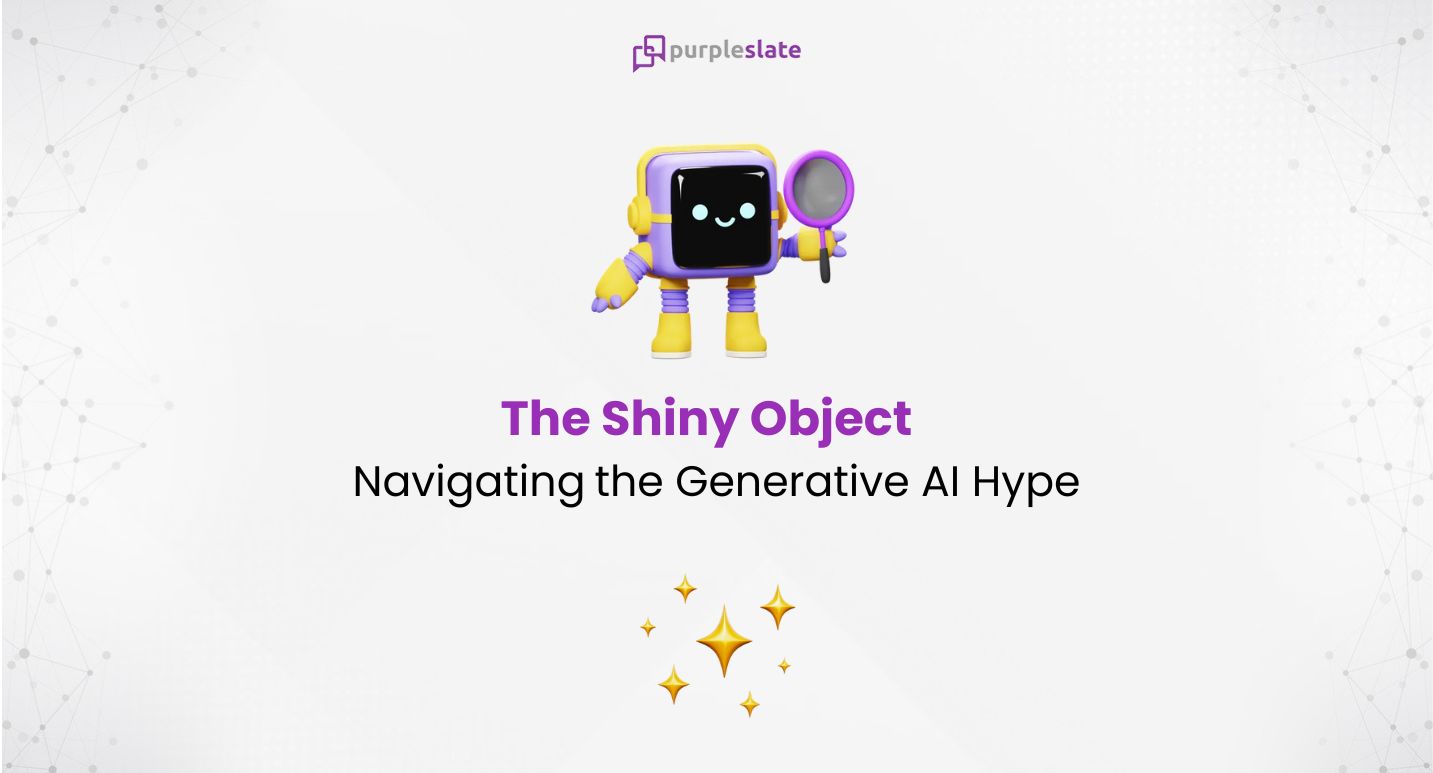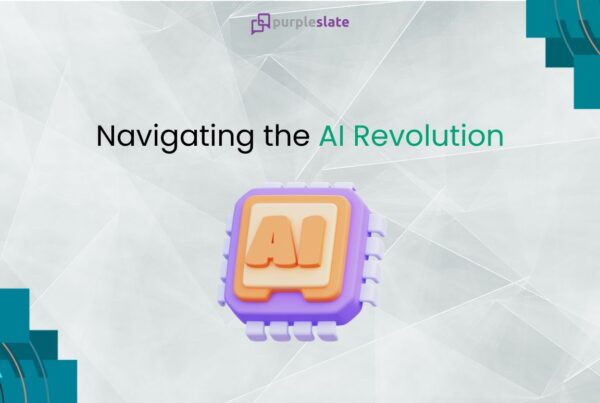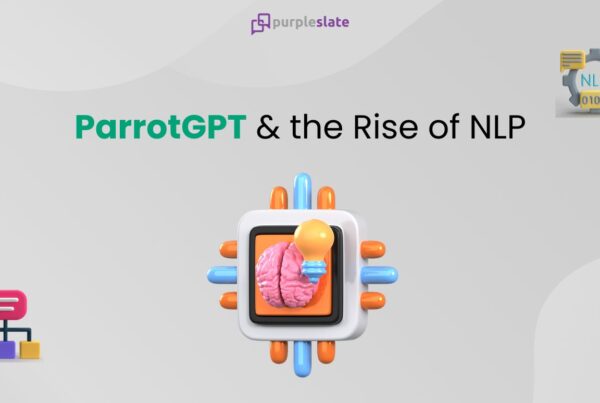
The Shiny Object
For a change, let’s play the devil’s advocate here or take a bold shot to prescribe against a popular technology trend in the industry today.
Very much evident from the fact that overnight many companies became ‘AI First’ or changed their name to have a GPT prefix. It feels so much out of fashion if you are not somethingGPT today.
No question, AI is destined to transform businesses and boost performance across functions such as sales and marketing, customer operations, and software development. In the process of doing this, AI could unlock trillions of dollars in value across industries.
Many are experimenting with the different LLM capabilities, while a large section of the stakeholders are grappling with the technology’s impact on their business trying to figure out the right use case.
Is AI a good thing or bad thing? It’s like asking if money is a good thing or a bad thing. Money is good and essential for survival. But, the question is how much of it and forwhat purpose?
As a product manager, identifying exactly the right business and user problems and applying the right technology including Generative AI is what makes the role exciting. It is not about the fanciest of technologies, but the potential to make an impact.
No technology leader wants to be left behind or miss an opportunity to make things better for their customers, businesses and users. You are caught between the dichotomy of keeping pace and making sense of the technology and the the pressure of FOMO (Fear of Missing Out) and the urge ‘to do something’.
It is more out of the urge due to FOMO, it is all too easy to chase the next new thing as the answer. This phenomenon is also referred as the ‘Shiny Object Syndrome’ or SOS. Shiny object syndrome is a psychological concept in which people focus on a new and fashionable idea, regardless of how valuable or helpful it may ultimately be.

You build something even if it is not aligned with your strategy and goals.
The risks of prioritizing shiny new ideas without deep thought about
the broader impact are real — feature bloat, complex user
experiences, and wasted resources to name a few.
This does not mean that the hottest new technology or trend does not have a place in your product. It just means that you apply extra skepticism and rigour when evaluating ideas and building new functionality.
How can someone confront the Shiny Object Syndrome (SOS) head-on?
Understand
Many of the elevated expectations and apprehensions related to Generative AI relates to the lack of understanding of the technology. The world has been buzzing over ChatGPT since December of last year and it picked up steam around the February of this year with the release of ChatGPT and no wonder it took the shortest time to hit a million users.
Soon, it gathered momentum among the industry and it seems like every company was talking about rolling out AI in some capacity.
Here lies the very important first step.
While ChatGPT can automatically generate text that predominantly make sense, it is very important to understand what an LLM (Large Language Model) is? How does it work? Why does it work? While the words ‘Large’ and ‘Model’ in that name are quite self-explanatory, what exactly does the word ‘Language’ in the name mean? How is this different to any other Machine Learning algorithms?
So much of literature is readily available for easier understanding and my best recommendation is this long blog from Stephen Wolfram which is now available as a book.
In addition to understanding the underlying technology, ask these simple questions.
Is it necessary for your application to have a Gen AI component? Validate it against the use cases that leveraged Gen AI is persumed to be good at – analyze large corpus of content, summarize, generate answers from a very large content, assist in writing.
To better understand your customers’ needs, think about how they currently use your product and where there are opportunities to optimize their experience with the power of AI.
Start Small
Almost everyone appears confident about the potential of AI and the hype cycle of the technology also adds to that inflated expectations. One simple way to get started is to start small on a particular use case with the greatest relevance. Identify low-hanging fruit and look for simple, high-impact, low-cost and low-risk use cases. Easier said than done.
I have seen a similar scenario at many organizations during the initial Big Data hype cycle. Many of the firms were busy fiddling around with Hadoop related technologies when their total data footprint would not be more than few GBs. A simple database application would have solved their problem.
Read the fine print
Okay; now you have understood the technology and see an opportunity with a right use case. Focus on asking the right questions next.
What exactly is a private LLM? How does my data stay safe? How much of it goes out? Wear the critical lens to weigh the costs and benefits of using an Open AI model.
How do we operationalize? How does this Gen AI use case integrate well with my other enterprise applications? How much does it cost? What is our testing strategy?
LLMs tend to hallucinate? How does this impact your product feature or your application? What is your way to provide a safety net over any incorrect results from the AI feature?
In summary, AI is here for sure. It has already permeated our lives in multiple ways and its progress for enterprise applications is going to mature in the coming days. It may not be one of the routine tasks as write text, music or create digital art that has garnered the excitement so far.
Doing so will allow you to focus on investing in the features that will deliver real value and make the greatest impact.
In the mean time, the boldest move could be not doing something or resisting the temptation to not pursue something because it could be a shiny object.
Sometimes, it is okay not to do something.
Or, at least till we figure out or learn more on what it is.




